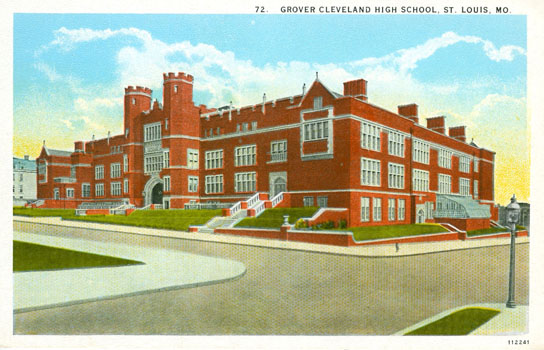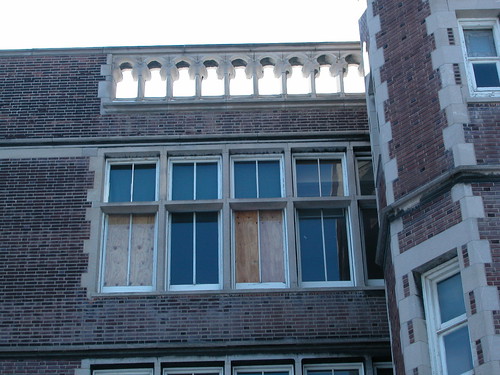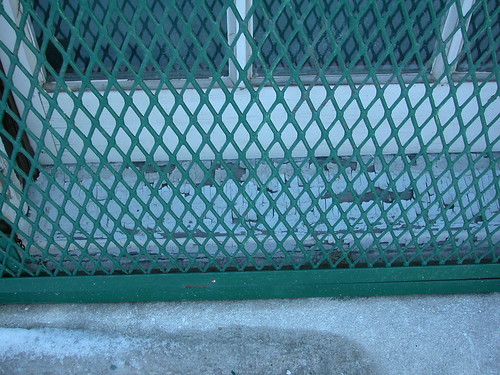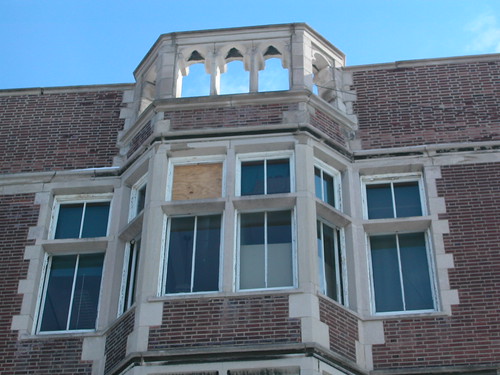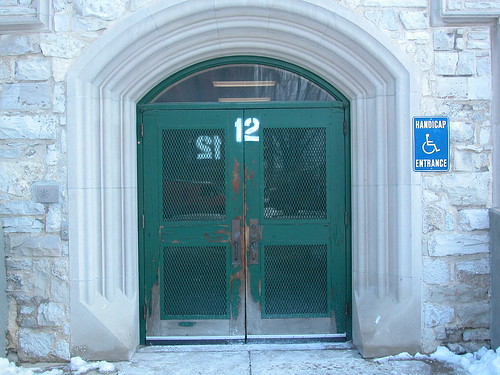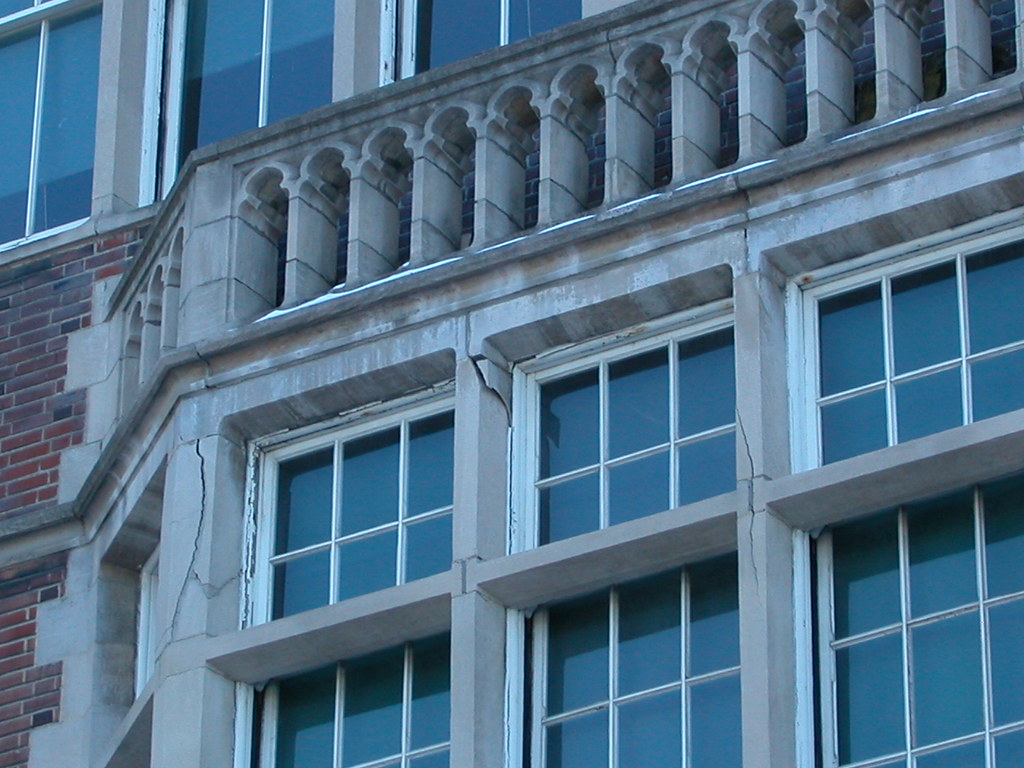The American Institute of Architects – St. Louis Chapter has issued the following response to the St. Louis Public Schools’ draft Facilities Management Plan, one that is consistent with the statement earlier published by Landmarks Association of St. Louis:
AIA St. Louis Response to the Comprehensive Facilities Review:
The members of the American Institute of Architects St. Louis Chapter, of whom approximately forty percent reside or work in the City of St. Louis, commend the St. Louis Public Schools for undertaking the Comprehensive Facilities Review. We are pleased that a local architectural firm, David Mason & Associates participated in the study.
We believe, however, that the study focuses on creating a more effective 20th century school system, rather than a visionary 21st century school system to graduate students ready to lead our community into the future. We need to think differently, envision bolder and ponder a different kind of future.
We believe that the MGT plan falls far short of its goal as a “visionary plan” that considers “all options” and strives to find “ways to revitalize St. Louis neighborhoods.” Those statements are noble and deserve to be brought front and center in the SLPS plan. We challenge the St. Louis Public Schools and the Special Administrative Board to envision an urban school system that can be a model of efficiency and the keystone to the redevelopment of languishing St. Louis neighborhoods.
– We encourage community-based schools
Neighborhood schools are the anchors to Livable Communities: The local school, with its athletic and cultural resources, stabilizes the community and provides a place of pride that unites generations of residents. A livable community is one where residents can live, learn, work, and play without using an interstate highway, one where children can walk to their school and learn alongside their neighbors.
– We encourage the pursuit of mixed-use partnerships
Mixed-use occupancy is another hallmark of livable communities. Private-public partnerships could bring significant investment resources to the district while serving community needs. We encourage the pursuit of creative mixed-use partnerships to renovate portions of the buildings with venues for social services, senior housing, government offices, or other functions perhaps through innovative lease or land-lease agreements. Creative partnerships can assist in the funding and maintenance of schools. We believe that cross generational uses of school buildings benefits both generations and provides a synergy otherwise left untapped.
– We encourage sustainability through renovation vs. new construction
The best way to limit our environmental footprint is to continue to use and maintain the resources we have already accumulated. Sustainability begins with re-use and the old recycling adage “re-use, reduce, and recycle” starts with re-use with good reason. High-performance energy efficient buildings do not have to be new. Many of today’s emerging green building technologies can be easily adapted to the existing, historic, architecturally-significant buildings in the St. Louis Public Schools portfolio.
Exposure to sustainable design solutions within schools offers an incredible teaching opportunity and aids in the development of young stewards for the environment and transforms the buildings themselves into learning opportunities. Schools across the country are developing ways for schools to manufacture energy that is then used by the schools and even sold on the market. We see no innovative thinking along these lines.
– We support protection of the historic legacy of the schools
In cases of resale, we support the current contract terms which require renovation of historic school properties in accordance with the standards set forth by the Department of the Interior, and encourage the use of design and construction professionals trained in these standards. We do not support the deed restrictions placed on the property.
We suggest re-visiting the current restrictions to allow new approaches which help St. Louis Public Schools continue their legacy of innovation and show bolder leadership.
The St. Louis Public Schools are challenged to play a key role in revitalizing and rebuilding St. Louis neighborhoods, and its stewardship responsibility must go well beyond its students. We believe that the students’ needs are best met when their schools meet that long range responsibility.
The American Institute of Architects St. Louis chapter does not just wish to comment and leave. In years gone by, a close collaborative relationship with AIA St. Louis and the St. Louis School Board was forged and we suggest that once again, we work closely with you to view the plan with sustainable vision.

